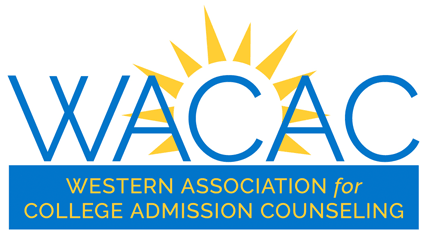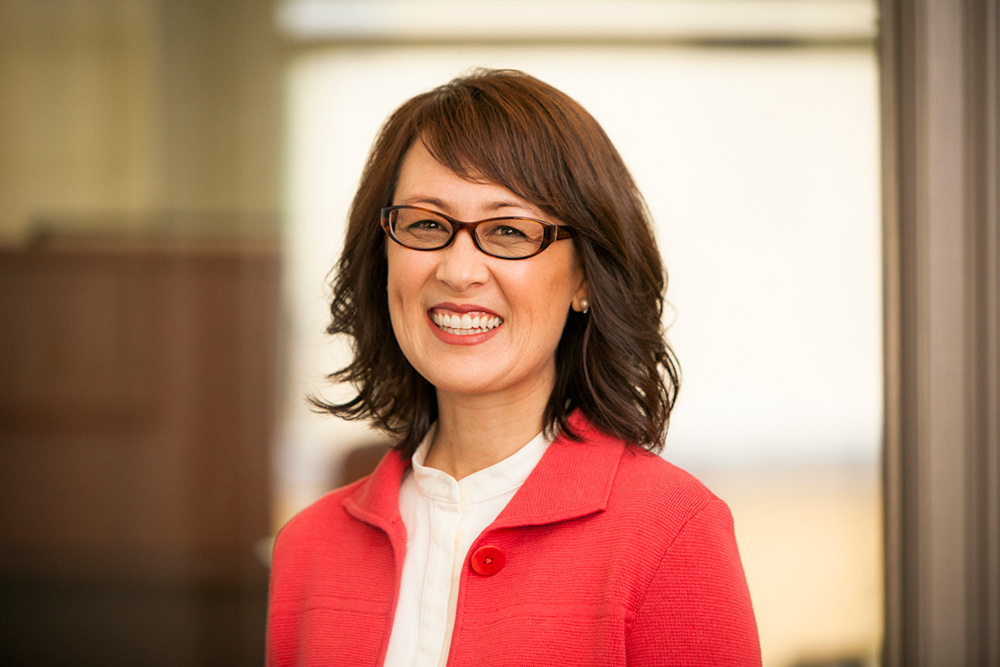The fifth and final installment in a series of posts dedicated to a deeper-than-usual dive into the college admissions process.
By Jenny Umhofer
Many pixels have been parsed over the subject of “the future of college admissions.” These forward-looking conversations tend to revolve around technology and criteria—focusing on the increased use of videos and social media in applications, the growing place of service and concern for others, and the fading import of standardized tests and GPAs.
The common thread in these conversations is that they’re almost exclusively focused on the school side of the equation. We spend all our time talking about how institutions will change, but I’m more interested in the student side of the ledger: what does the future hold for students applying to college?
In my work with students applying for college, I see certain trends emerging that I hope will catch on and bring fundamental change to the college admissions process. Here are a few of my favorites, with some example of students who I think are living the future of college admissions today.
1. Focused on Fit rather than Flash.
Quick question: Harvard or Pepperdine? The answer is almost reflexive—it has to be Harvard, right? It’s the common wisdom that pervades our college admissions culture, preferring the “name” school over all else. But that common wisdom is really a curse—a critical flaw in the way we think about college. The problem with this way of thinking is that it prizes flash over fit. It elevates what others think should be valued in a college over what really matters to the individual student.
Future oriented students are focused on fit over flash—they’re not distracted by a fixation on Ivy’s or rankings, and instead are looking for a college experience that meshes and merges with who they are and magnifies their unique strengths.
It calls to mind Jane, a hard working student with a 3.9 GPA, strong test scores and a unique gift for languages. Jane spent two summers in Latin America during high school, working with a school in a small town outside of Buenos Aires. She discovered her passion for teaching, world cultures, and speaking Spanish.
Although Jane had the numbers to be considered by many well-known colleges and universities, she choose to keep her eye on a handful of small liberal arts colleges. Jane was accepted to and is attending Dickinson College in Pennsylvania, where she loves the close-knit progressive feel of the campus and the fact that she can study French, Swahili, and German. She found her fit, and that has made all the difference.
2. Honest and Open.
I worked with one remarkable, brave young woman named Emily. She was a top student in a very competitive high school. Straight A’s all the way through her first two years. But the race to stay ahead became more and more intense, and she began to falter. So she sought help . . . the pharmaceutical kind. It started with Adderall, a popular drug used to treat ADHD. But it wasn’t enough. So she graduated to methamphetamine. And, inevitably, she became addicted. And then began an intense, downward spiral that caused her grades and health to decline rapidly and landed her in rehab. She took a year off from school, and slowly pieced her life back together. She repeated several of her high school courses and then went on to a community college.
When she started working with me on the transfer process, she began by writing her essay, which was a heartbreaking exercise in candor. She held nothing back, and described her decline in painful detail. She explained why she did it, how she did it, and how it all fell apart. It was beautiful. And despite some very difficult challenges in high school, she got into some very good colleges as a transfer student. I’m convinced it was her honesty, her open-heartedness that opened doors that should have been closed to her.
Not everyone will have such a dramatic story. But the value of honesty and candor in college admissions cannot be overstated. Having read thousands of applications in my lifetime, I can’t emphasize enough the importance of authenticity born of honesty and openness. Regardless of the subject, it’s refreshing to read an application that’s rooted in the real. And it helps schools understand how the student could contribute to their educational community. This is where the future lies.
3. Globe Trotting.
It’s a small, small world, and yet many students rarely venture out of their cities or states to attend college. There are often good reasons for this, but there are compelling reasons to set your sights beyond our borders. While our colleges and universities are the envy of the world, there are some very good colleges abroad that offer amazing opportunities and may see something in you that competitive colleges here may not, along with a global perspective that domestic universities just can’t offer.
I’m thinking in particular of one student of mine who had applied to all the top science/math/engineering schools—MIT, Caltech, Harvey Mudd, etc. But he also completed one out-of-the-box application to Cambridge, the renowned university in England, which turned out to be an even better fit. After flying to the Cambridge campus and taking their math exam administered by a physics professor, my student knew this would be the best place for him. He was accepted to Cambridge and is now completing his second year abroad.
4. Filling the Gap.
The notion of a “gap year”—a year of enrichment between high school and college—is not a new one, but it got a boost recently when the White House announced that Malia Obama would be taking one before starting at Harvard in 2017. But I’m seeing more and more students thinking more creatively about what to do with that gap year, and it gives me great hope for the future. Because a gap year offers incredible opportunities for different kinds of growth and learning, before they head off to institutions of higher learning.
If Whitney Houston was right, and the children are our future, then perhaps when talking about the future of college admissions, we’re better off focusing on the children—the students—rather than the colleges. Students are, after all, the heart of the college admissions process, and the popular focus on institutions can obscure that fact. These kinds of trends involve students taking ownership of the college admissions process, rather than being swept along by the process and the hype surrounding it. And that’s my greatest hope for the future of college admissions—that it can become a process that is less college-centered, and more student-centered. And the great thing is, we can all play a role in making that future a reality.


Hear, hear!?
Hi Jenny, If this is the 5th and final post on this topic, is there access to the first 4 posts? Thanks, wendi
Hi Wendi,
All of Jenny’s posts on this topic are available here: https://wacac2.wpengine.com/category/history-of-college-admissions/
Thanks for reading!